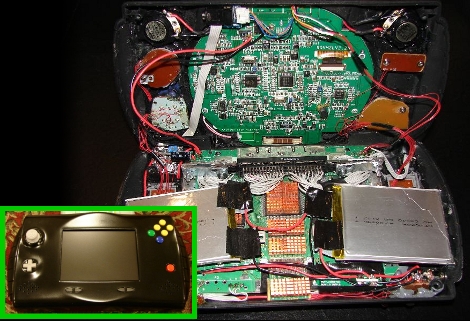
[Hailrazer] is at it again with a new portable N64 build. He’s done the impossible by improving upon his last design. The LCD screen is now mounted flush for a cleaner and smaller case. The controls draw from a lot of different sources; a gamecube stick for durability, a 3rd party N64 controller for buttons, and a PlayStation controller for the shoulder buttons that serve as L, R, and Z (either hand). There is a breakout box that allows two controllers to be plugged in. Combine this with the TV out feature and it acts as a console or a handheld. His in depth demonstration is embedded after the break.
The build log (linked above) details every part of the hack so that you can try to do this yourself. The relocation of the expansion slot requires patience and solid soldering skills. The case work is an art in itself. We speculate that this commission comes somewhere close to $1000 but it’s hard to put a price on quality craftsmanship. We’ve seen smaller, but these features and finished look can’t be beat.















